Carve Like an Engineer: Halloween Pumpkin Design Advice from NASA's Jet Propulsion Lab
Every Halloween, some of the geekiest jack-o'-lanterns come out of NASA's Jet Propulsion Laboratory, where an annual carving contest allows the spacecraft builders and designers the opportunity to let their awesomeness shine.
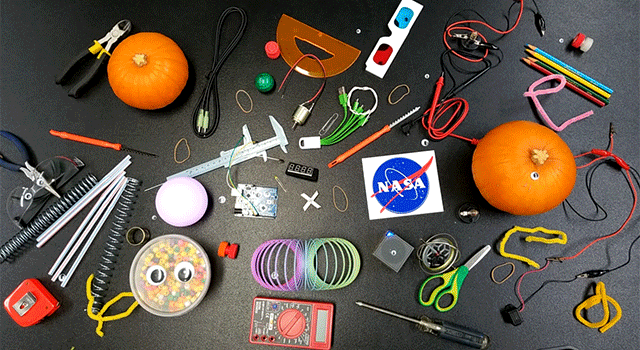
But you don't need to spend your fall regretting pumpkins that might have been. A new NASA guide gives plenty of tips for incredible creations that will have trick-or-treaters flocking to your house for something other than candy.
While traditional jack-o'-lanterns have only the pumpkin to work with, NASA's examples show the exciting results of including other elements in your carving. The addition of construction paper, string, clay, stickers, old toys or electronics can help bring your pumpkin to life. [Space Halloween Pumpkins a Cosmic Treat (Photos)]
Important safety note from NASA: "Do not create your pumpkin without adult supervision. Follow all general and listed safety precautions when using sharp objects and those with electrical components. If your design involves carving, ask an adult to help and use tools designed for safe pumpkin carving."
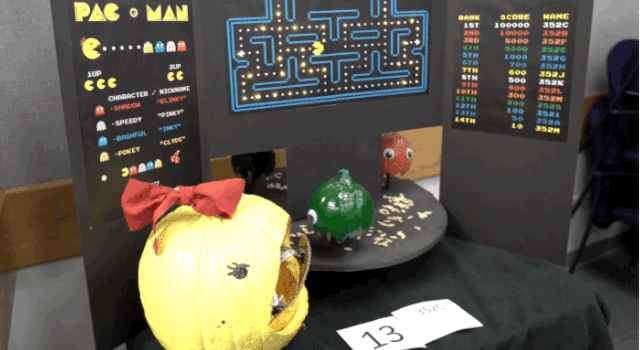
Give your pumpkin a theme
Rather than a standard grinning gourd, consider letting Jack make a statement this year. NASA engineers tend to focus on missions, scientific discoveries, science-fiction movies or video games. Let your display focus on something you enjoy, and you'll have more fun designing it.
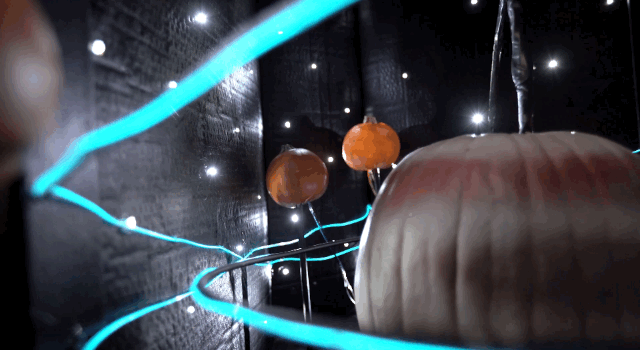
Break free of the shell
While the core of your carving will be your hollowed-out pumpkin, don't be afraid to go outside the borders. Your design can incorporate objects attached to the exterior, sitting next to the shell, covering the crust or popping from the pumpkin.

Don't toss your guts
Consider including the guts and the seeds of the pumpkin in your design for a three-dimensional (and potentially retch-inducing) effect.
Get the Space.com Newsletter
Breaking space news, the latest updates on rocket launches, skywatching events and more!

The more the merrier
If one pumpkin is good, does that mean more are better? Consider adding multiple small gourds to your design. This can make for an even more intriguing visual display.
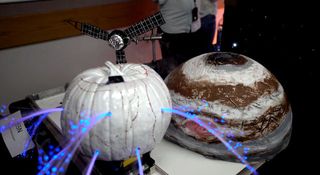
Color me frightened
While traditional jack-o-lanterns are orange, consider using color to individualize your creation. Paint, markers construction paper, clay and colorful lights can all make a splash with your display.
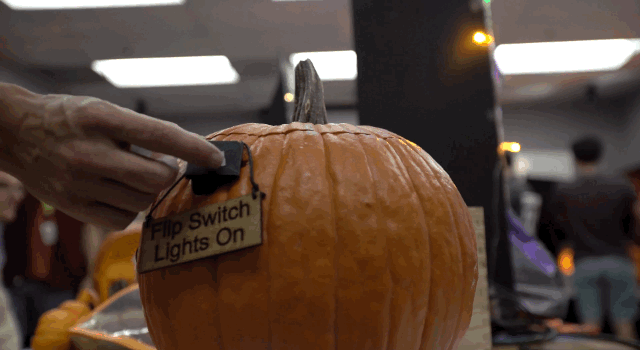
Light bright
Speaking of lights, don't be afraid to skip the traditional candle or tea light inside the pumpkin for something a little brighter. LEDs and fiber-optic lighting can make your carving shine. Christmas lights can be used out of season, as well.

Move along
Don't just let Jack sit on the porch for Halloween — make him move. Add motors, pumps or other motion-inducing devices to keep things going all night long. After all, a sedentary pumpkin may regret its inaction after all that candy.
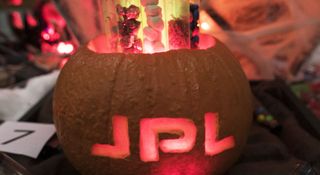
Don't make a sound — no wait, do!
A wired, wireless or Bluetooth speaker can make your pumpkin an auditory sensation. Consider tucking one inside the shell to make things extra-spooky.
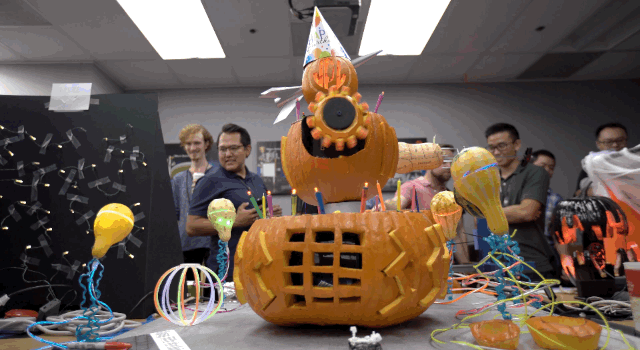
The next level
If you're tech-savvy (or even if you aren't), consider including a small programmable microcontroller in your creation. Arduino, LaunchPad, Pinguino, Teensy or Discovery Board can all be fitted with devices and sensors to take your creation to the next level.
For the younger crowd
If you don't want your small children carving a pumpkin, consider having them paint or use colored markers on their designs. NASA has a set of space stencils and a guide here that can be used by kids and adults. Or, search online for stencils in themes that your children enjoy.
Once you have the stencils, print them out and tape them to your pumpkin so they don't move around. Because you're taping a flat piece of paper to a round surface, there's going to be some bunching, but it shouldn't be a serious problem.
Next, use a black permanent marker to slowly trace the outline. The marker will bleed through, leaving behind a guide on the pumpkin. Trace over the same area a few times to make sure the ink passes through the paper.
When you remove the paper, your outline should be visible on the pumpkin. Use paint or markers to trace the design on the gourd. NASA suggests using black marker, but feel free to use colors! You may want to use marker on the small, detailed regions and paint on the larger areas.
Above all else, have fun
You don't have to use all of the elements mentioned for a good design, but feel free to mix things up. Whether you stick with a traditional carving, paint the surface or build a pumpkin robot, make sure you have fun designing your creation.
Have a great space pumpkin for Halloween? We want to know! Share it with us on Facebook here to show off your spooky, space-y pumpkin!
Resources:
JPL's Create a Halloween Pumpkin Guide
NASA's Space Stencils and Guide
JPL's 2016 Pumpkin Carving Contest
It's the Space Pumpkin, Charlie Brown: A NASA Worker's Halloween Tradition
Follow Nola Taylor Redd at @NolaTRedd, Facebook, or Google+. Follow us at @Spacedotcom, Facebook or Google+. Originally published on Space.com.
Join our Space Forums to keep talking space on the latest missions, night sky and more! And if you have a news tip, correction or comment, let us know at: community@space.com.

Nola Taylor Tillman is a contributing writer for Space.com. She loves all things space and astronomy-related, and enjoys the opportunity to learn more. She has a Bachelor’s degree in English and Astrophysics from Agnes Scott college and served as an intern at Sky & Telescope magazine. In her free time, she homeschools her four children. Follow her on Twitter at @NolaTRedd
